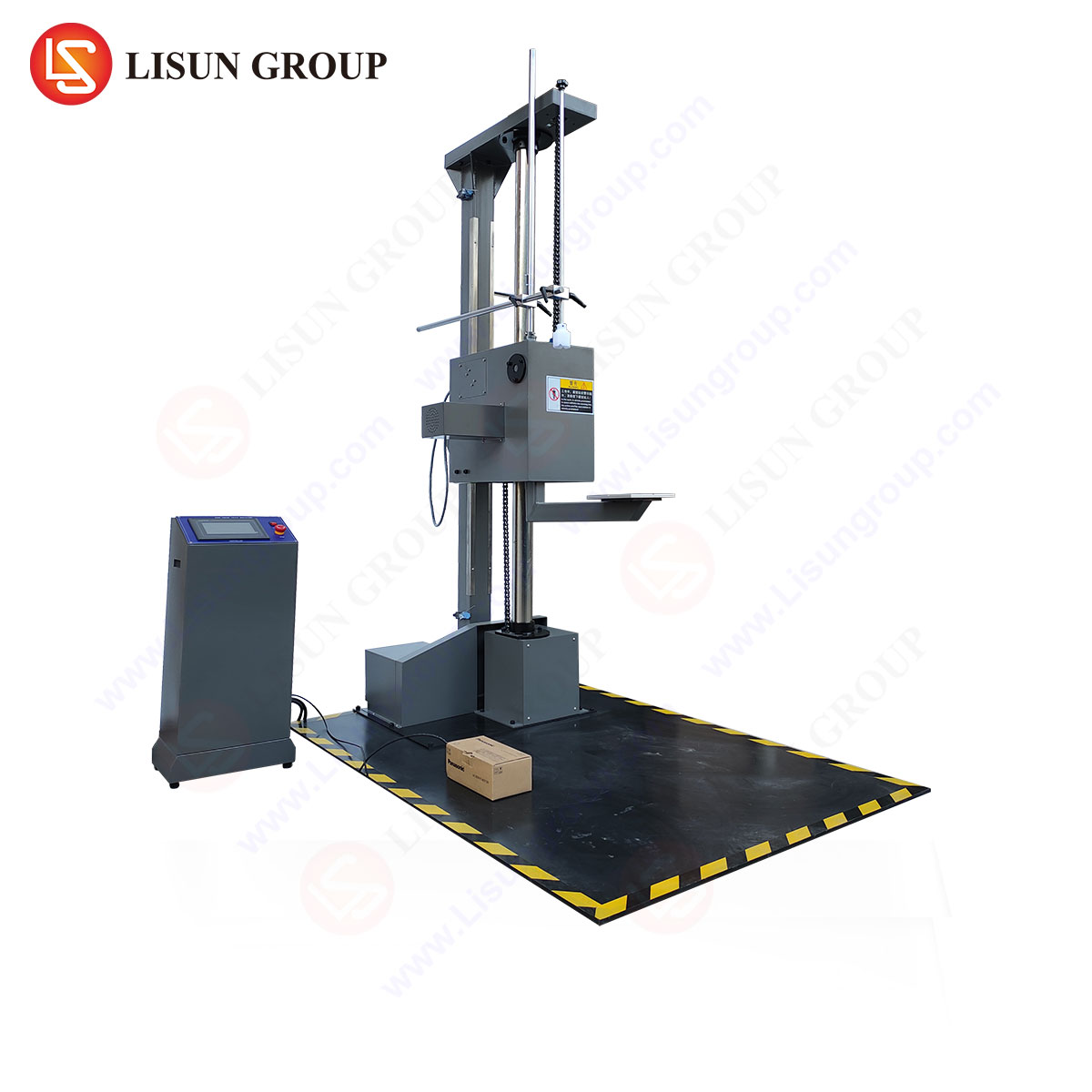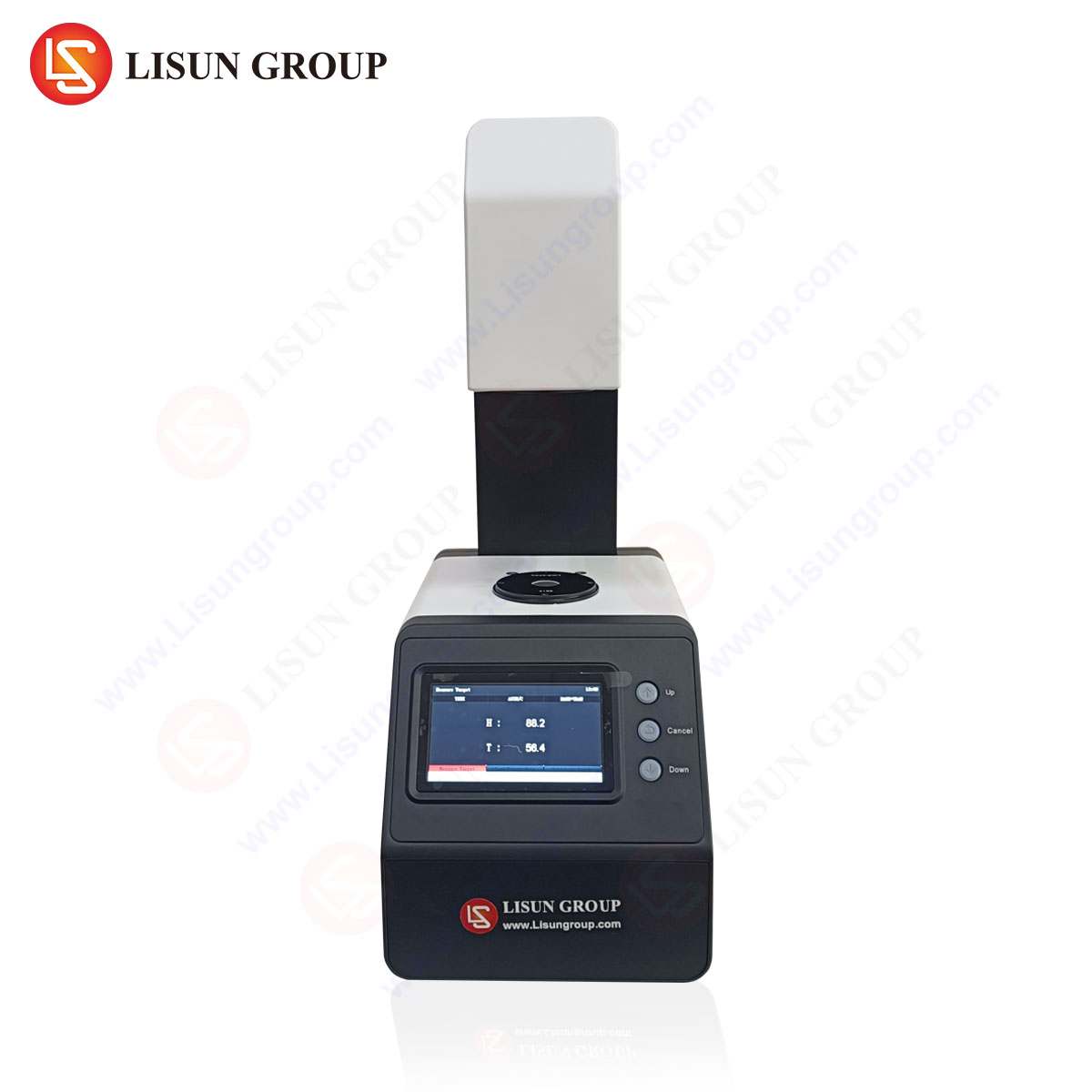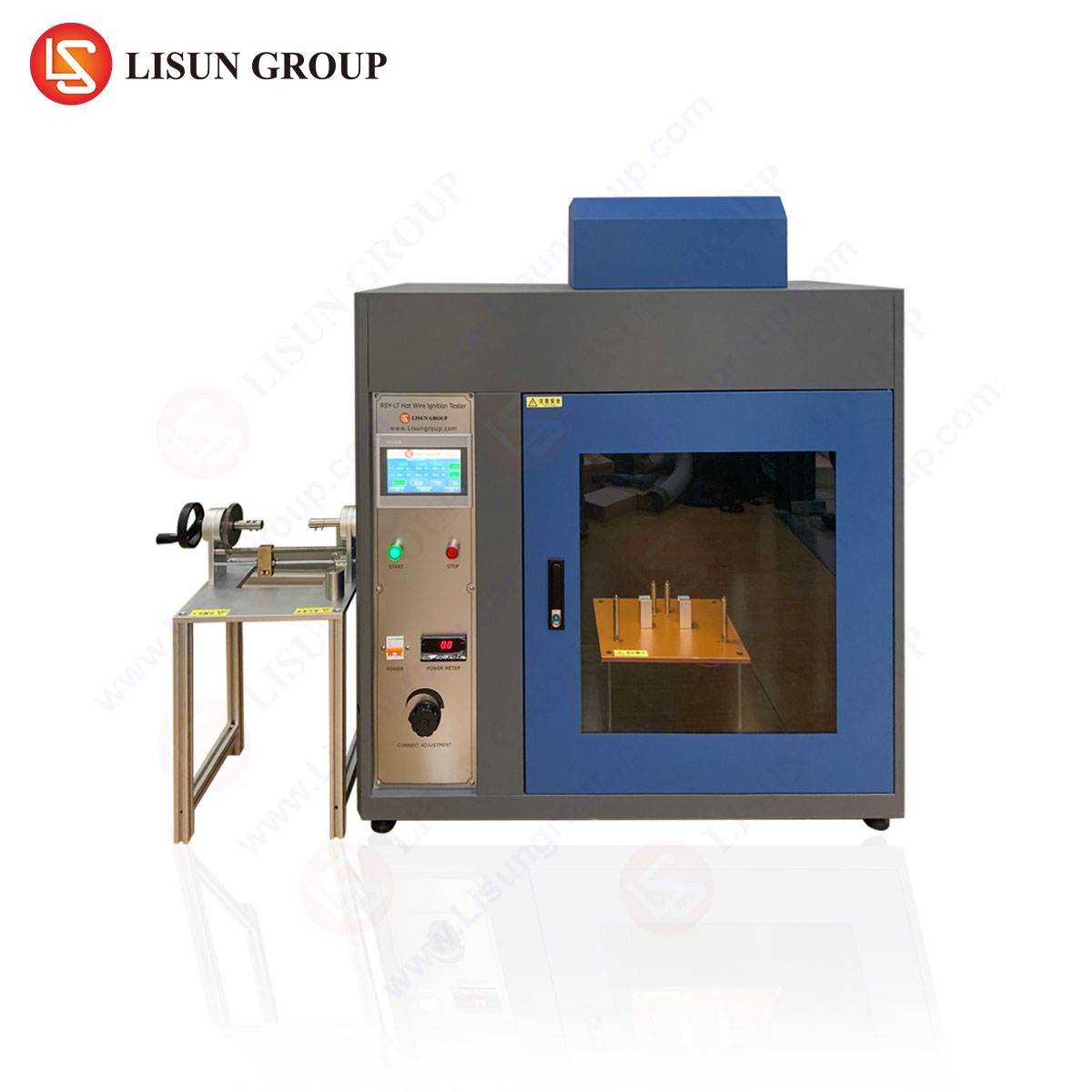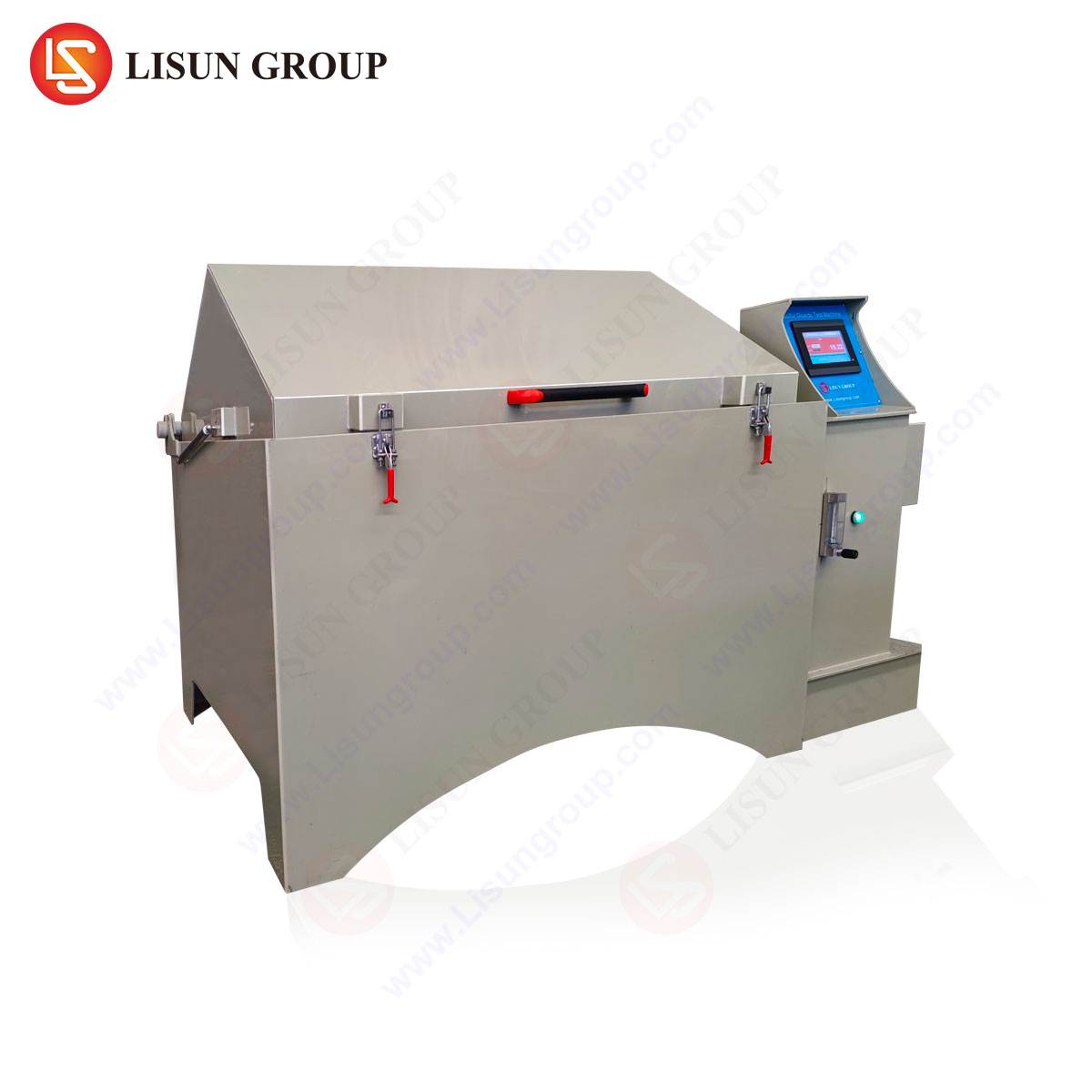Foundational Principles of IEC 60947-1: The Framework for Low-Voltage Switchgear and Controlgear
IEC 60947-1 constitutes the principal document within a comprehensive series of standards governing low-voltage switchgear and controlgear. Published by the International Electrotechnical Commission (IEC), this standard establishes the generic rules and service conditions that form the bedrock for the design, verification, and validation of these critical components. Its scope encompasses devices such as circuit-breakers, switches, contactors, relays, and associated combination assemblies, typically intended for operation on systems not exceeding 1,000 volts AC or 1,500 volts DC. The standard’s primary objective is to ensure a consistent and verifiable level of safety, reliability, and performance across a globally fragmented market, providing manufacturers, testing laboratories, and end-users with a common technical language and a rigorous set of compliance benchmarks. It addresses fundamental requirements including constructional integrity, performance characteristics, and electromagnetic compatibility, thereby serving as the indispensable reference against which product-specific standards in the IEC 60947 series are developed and interpreted.
Constructional and Performance Requirements for Operational Integrity
A significant portion of IEC 60947-1 is dedicated to defining the constructional and performance characteristics that devices must exhibit to ensure operational integrity under both normal and abnormal conditions. Constructional requirements mandate robust mechanical design, the use of materials with appropriate properties for their intended application—such as tracking resistance, thermal stability, and flammability ratings—and clear, indelible marking for identification and safe installation. The standard stipulates stringent criteria for the provision of reliable electrical connections, the integrity of enclosures as defined by IP (Ingress Protection) codes, and the clearances and creepage distances necessary to prevent electrical breakdown.
Performance verification involves a battery of type tests designed to simulate the rigors of a device’s operational lifetime. These include dielectric property verification, which assesses the ability of insulating materials to withstand transient overvoltages and power-frequency voltages. Temperature-rise tests are conducted to ensure that components do not exceed safe operating temperatures under continuous rated current, thereby preventing premature aging or insulation failure. Furthermore, the standard specifies mechanical and electrical endurance testing, requiring devices to withstand thousands of operational cycles without significant degradation of their primary functions. This holistic approach to construction and performance ensures that devices will perform predictably and safely throughout their service life in diverse applications, from industrial control systems and automotive electronics to the internal components of household appliances and telecommunications equipment.
The Criticality of Arc Fault Testing in Compliance Verification
Among the most demanding validation procedures referenced within the framework of IEC 60947-1 and its subsidiary parts, such as IEC 60947-2 for circuit-breakers, is the testing of performance under arc fault conditions. An internal arc fault represents a catastrophic failure mode within an electrical assembly, characterized by the uncontrolled release of immense thermal and kinetic energy from an electric arc. The consequences of such an event can include destruction of the equipment, fire initiation, and the projection of hot gases and molten material, posing severe risks to personnel and infrastructure.
While IEC 60947-1 establishes the general principles for verifying the withstand and breaking capacities of switching devices, product-specific standards mandate rigorous testing to validate a device’s ability to manage the effects of an internal arc. The objective is not necessarily to ensure the device remains functional after an arc fault, but to confirm that it contains the effects in a manner that prevents harm to surrounding personnel and does not exacerbate the fault condition. This involves testing the assembly’s ability to withstand the mechanical stresses and thermal fluxes without rupturing, and to direct the expulsion of hot gases in a controlled, predetermined direction. The integrity of the enclosure and the correct functioning of protective mechanisms during such an event are paramount. Consequently, the equipment used to generate and monitor these high-current arcs for compliance testing must exhibit exceptional precision, repeatability, and safety.
The HCAI-2 High Current Arc Ignition Test System: Enforcing Arc Fault Compliance
To address the exacting requirements for arc fault testing as implied by the safety philosophies of IEC 60947-1 and explicitly detailed in product standards, specialized apparatus is required. The LISUN HCAI-2 High Current Arc Ignition Test System is engineered specifically for this purpose. It is a sophisticated instrument designed to simulate high-current arc faults reliably and reproducibly within a laboratory environment, enabling manufacturers to verify the arc containment performance of their products, such as circuit-breaker enclosures, distribution boards, and other low-voltage switchgear assemblies.
The operational principle of the HCAI-2 is based on generating a programmable, high-current electrical discharge through a test electrode configuration placed inside or in proximity to the device under test (DUT). The system’s core components include a high-power, regulated DC power supply, a precision ignition circuit, and an advanced data acquisition unit. By allowing users to precisely set parameters such as arc current (typically up to several kiloamperes), arc duration, and ignition energy, the HCAI-2 facilitates testing under a wide range of fault conditions that a device might encounter in real-world failure scenarios. This programmability is critical for conducting tests in accordance with various international standards that specify different test regimes for different types of equipment and rated operational currents.
Key Specifications of the HCAI-2 System:
- Output Current Range: 0.1 kA to 3.0 kA (or higher, depending on configuration), covering the vast majority of test requirements for low-voltage equipment.
- Current Stability: Better than ±5% of the set value, ensuring test repeatability and compliance with standard-mandated tolerances.
- Arc Duration Timer: Programmable from 1 ms to 9999 ms with 1 ms resolution, allowing for precise control over the fault energy imposed on the DUT.
- Ignition Modes: Supports both wire fuse ignition and air gap breakdown ignition, providing flexibility to meet different standard protocols.
- Data Acquisition: Integrated high-speed voltage and current sensors with sampling rates sufficient to capture transient waveforms, enabling detailed post-test analysis of the arc characteristics and the DUT’s response.
Application of High-Current Arc Testing Across Industrial Sectors
The application of a system like the HCAI-2 extends far beyond the traditional power distribution industry. The principles of arc containment and fault protection are universally critical to any sector utilizing enclosed electrical components.
In Aerospace and Aviation Components, the extreme emphasis on weight reduction and reliability necessitates that every junction box, power controller, and wiring system be validated for its ability to contain an electrical fault without leading to a cascading system failure or fire within the airframe. Similarly, in Automotive Electronics, particularly with the rise of high-voltage systems in electric and hybrid vehicles, testing the integrity of battery management enclosures, power converters, and charging ports against internal arcing is a non-negotiable safety requirement.
For Medical Devices and Office Equipment, where devices are often in close proximity to operators and patients, verifying that an internal electrical fault will not result in the ejection of hazardous materials or cause an external fire is essential for regulatory approval and user safety. Manufacturers of Industrial Control Systems and Electrical Components such as motor drives, programmable logic controller (PLC) enclosures, and industrial sockets use arc testing to certify that their products meet the stringent safety levels demanded by industrial safety standards and end-users. Even in Lighting Fixtures utilizing high-intensity discharge lamps or high-power LED drivers, the potential for internal arcing exists, making verification of fixture enclosure integrity a critical step in the design process.
Comparative Analysis of Arc Ignition Testing Methodologies
The methodology for initiating a test arc is a critical variable that can influence test outcomes. The HCAI-2 system supports the two predominant techniques, each with distinct advantages and applications.
The wire fuse method involves placing a fusible wire of a specified material and diameter between two electrodes. When the high current is applied, the wire rapidly vaporizes, ionizing the air gap and initiating a stable arc plasma. This method is highly reproducible and is often specified in standards for its predictability, making it ideal for comparative testing and quality control.
The air gap breakdown method relies on creating a high-voltage pulse across a predefined air gap between two electrodes, causing dielectric breakdown and establishing a conductive arc path. This method more closely simulates a real-world arc ignition event, such as from an insulation failure or the intrusion of a contaminant. It can be more variable than the wire fuse method but provides a more realistic simulation of certain fault initiation mechanisms.
The HCAI-2’s ability to execute both methods allows testing laboratories to comply with a broader range of international and corporate test specifications, providing unparalleled flexibility in their validation workflows. This capability represents a significant competitive advantage, as it eliminates the need for multiple, single-purpose test setups, thereby reducing capital expenditure and streamlining the compliance process for products destined for global markets.
Conclusion: The Role of Precision Testing in Upholding Standards
IEC 60947-1 provides the indispensable, overarching framework that ensures the safety and interoperability of low-voltage switchgear and controlgear. Its principles mandate a design and validation philosophy that prioritizes risk mitigation, particularly for severe but plausible failure modes like internal arc faults. The rigorous testing implied by this standard necessitates instrumentation of the highest caliber. Systems like the LISUN HCAI-2 High Current Arc Ignition Test System translate the abstract safety requirements of the standard into actionable, quantifiable, and repeatable laboratory tests. By enabling manufacturers to validate the arc containment performance of their designs with precision and reliability, such apparatus plays a direct and critical role in upholding the intent of IEC 60947-1: to protect equipment, infrastructure, and, most importantly, human life from the dangers associated with electrical faults.
Frequently Asked Questions (FAQ)
Q1: What is the primary purpose of performing a high-current arc test on an enclosure?
The primary purpose is to verify the ability of an electrical enclosure or assembly to contain the effects of an internal arc fault. The test assesses whether the enclosure will resist rupture, prevent the ejection of flames or molten metal, and safely direct the expulsion of hot gases away from personnel, thereby mitigating the risk of injury and preventing the escalation of the fault.
Q2: How does the HCAI-2 ensure test repeatability across different laboratories?
The HCAI-2 ensures repeatability through its high-precision, regulated power supply which maintains current stability within a tight tolerance (e.g., ±5%), and its programmable timing system with millisecond resolution. By strictly controlling the key test parameters—current magnitude, duration, and ignition energy—the system minimizes variables, allowing different labs to achieve comparable results when testing the same device against the same standard.
Q3: For a manufacturer of automotive high-voltage connectors, which arc ignition method is more appropriate?
For automotive high-voltage connectors, the air gap breakdown method is often more appropriate. It better simulates a real-world fault scenario, such as the degradation of insulation over time or contamination leading to a dielectric breakdown across the connector’s terminals, which is a more relevant failure mode in this application than the deliberate vaporization of a wire.
Q4: Can the HCAI-2 system be configured for tests beyond the standard 3.0 kA range?
Yes, the system is modular by design. While a standard configuration may be rated for 3.0 kA, the platform can be engineered with higher-capacity power supplies and robust components to meet specific customer requirements for testing high-power equipment that may demand fault currents of 10 kA or more, such as large power distribution boards or industrial motor control centers.
Q5: What safety features are integral to the HCAI-2 to protect laboratory personnel?
The HCAI-2 incorporates multiple integrated safety features, including an interlocked test chamber circuit that prevents energization unless the test enclosure is securely closed, emergency stop buttons for immediate system shutdown, remote operation capabilities to maintain distance from the test, and comprehensive grounding and shielding to protect both the operator and the data acquisition system from electromagnetic interference and electrical hazards.






